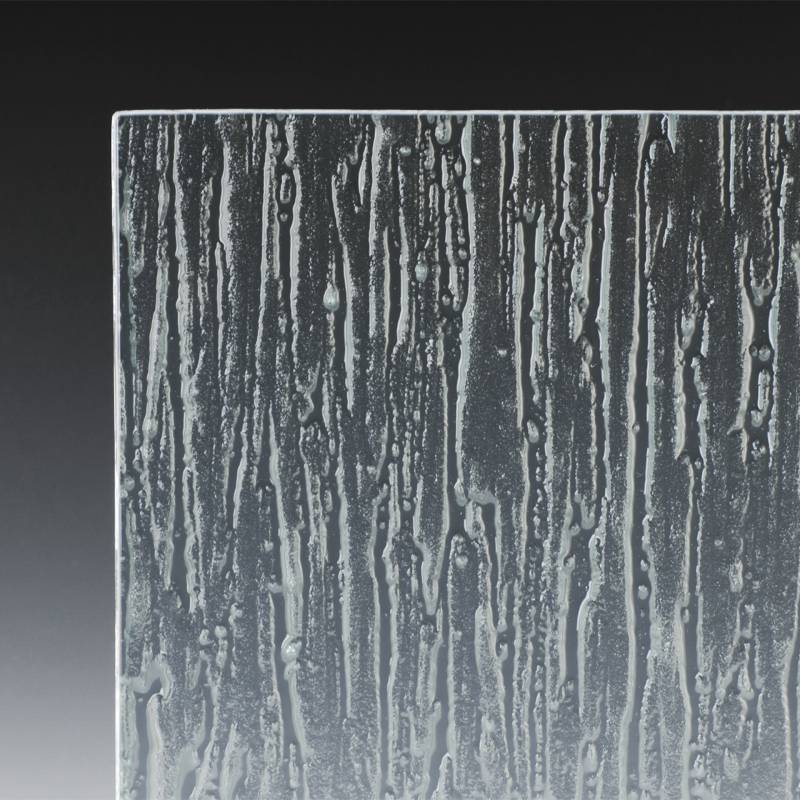The Allure and Science of Low Iron Mirrors
In the world of glass manufacturing, low iron glass has carved out a niche for itself, particularly in the production of mirrors. Unlike traditional glass, low iron glass is characterized by a significantly reduced iron content, which contributes to its distinct properties. The result is a mirror that not only enhances the aesthetic appeal of a space but also provides more accurate reflections that are closer to true color.
Understanding Low Iron Glass
To comprehend what makes low iron mirrors special, it’s crucial to first understand the composition of standard glass. Typically, ordinary glass contains iron oxide, which imparts a greenish tint. This tint is often undesirable in applications where clarity and true representation of colors are essential. Low iron glass, on the other hand, contains less than 0.1% iron. This dramatically improves its optical clarity, making it ideal for high-end mirror applications where quality is paramount.
Aesthetic Advantages
One of the most compelling reasons to choose low iron mirrors is their ability to faithfully reflect colors without distortion. This is particularly important in settings like art galleries, beauty salons, and upscale interior design spaces, where color accuracy can significantly impact the overall ambiance. Low iron mirrors allow colors to appear vibrant and true, making them a favorite among designers and decorators. The lack of a green hue ensures that the space remains bright and visually appealing, enhancing the overall atmosphere.
Applications Beyond Mirrors
low iron mirror
While the focus here is on mirrors, it is worthwhile to note that low iron glass has applications beyond reflective surfaces. It is commonly used in the production of display cases, glass facades, and other architectural elements where transparency and clarity are essential. The ability to transmit light more effectively makes low iron glass a preferred choice for modern architecture, creating bright, open spaces that invite the outdoors in.
Durability and Maintenance
In addition to its aesthetic benefits, low iron mirrors boast durability that is on par with – if not superior to – their traditional counterparts. They are often treated with coatings that enhance scratch resistance and durability, which makes them suitable for high-traffic areas. Moreover, because of their clarity, low iron mirrors require less maintenance to maintain their brilliance over time. Regular cleaning with appropriate products can keep these mirrors looking pristine, ensuring they remain an asset rather than a liability in any space.
Conclusion
In summary, low iron mirrors represent a perfect blend of aesthetics and functionality. Their ability to provide clear, accurate reflections makes them invaluable in various settings, from luxurious homes to bustling commercial environments. As the demand for visually stunning and functional design continues to grow, low iron mirrors are poised to become even more prevalent in both contemporary interior design and architecture. As consumers become increasingly discerning about the products they choose, investing in low iron mirrors stands out as a decision that enhances both beauty and practicality.
In the end, the low iron mirror is more than just a reflective surface; it is a gateway to a world where design meets clarity, and beauty harmonizes with precision. The allure of these mirrors lies not only in their striking appearance but in their contribution to creating spaces that inspire and elevate the everyday experience.
 Afrikaans
Afrikaans  Albanian
Albanian  Amharic
Amharic  Arabic
Arabic  Armenian
Armenian  Azerbaijani
Azerbaijani  Basque
Basque  Belarusian
Belarusian  Bengali
Bengali  Bosnian
Bosnian  Bulgarian
Bulgarian  Catalan
Catalan  Cebuano
Cebuano  Corsican
Corsican  Croatian
Croatian  Czech
Czech  Danish
Danish  Dutch
Dutch  English
English  Esperanto
Esperanto  Estonian
Estonian  Finnish
Finnish  French
French  Frisian
Frisian  Galician
Galician  Georgian
Georgian  German
German  Greek
Greek  Gujarati
Gujarati  Haitian Creole
Haitian Creole  hausa
hausa  hawaiian
hawaiian  Hebrew
Hebrew  Hindi
Hindi  Miao
Miao  Hungarian
Hungarian  Icelandic
Icelandic  igbo
igbo  Indonesian
Indonesian  irish
irish  Italian
Italian  Japanese
Japanese  Javanese
Javanese  Kannada
Kannada  kazakh
kazakh  Khmer
Khmer  Rwandese
Rwandese  Korean
Korean  Kurdish
Kurdish  Kyrgyz
Kyrgyz  Lao
Lao  Latin
Latin  Latvian
Latvian  Lithuanian
Lithuanian  Luxembourgish
Luxembourgish  Macedonian
Macedonian  Malgashi
Malgashi  Malay
Malay  Malayalam
Malayalam  Maltese
Maltese  Maori
Maori  Marathi
Marathi  Mongolian
Mongolian  Myanmar
Myanmar  Nepali
Nepali  Norwegian
Norwegian  Norwegian
Norwegian  Occitan
Occitan  Pashto
Pashto  Persian
Persian  Polish
Polish  Portuguese
Portuguese  Punjabi
Punjabi  Romanian
Romanian  Russian
Russian  Samoan
Samoan  Scottish Gaelic
Scottish Gaelic  Serbian
Serbian  Sesotho
Sesotho  Shona
Shona  Sindhi
Sindhi  Sinhala
Sinhala  Slovak
Slovak  Slovenian
Slovenian  Somali
Somali  Spanish
Spanish  Sundanese
Sundanese  Swahili
Swahili  Swedish
Swedish  Tagalog
Tagalog  Tajik
Tajik  Tamil
Tamil  Tatar
Tatar  Telugu
Telugu  Thai
Thai  Turkish
Turkish  Turkmen
Turkmen  Ukrainian
Ukrainian  Urdu
Urdu  Uighur
Uighur  Uzbek
Uzbek  Vietnamese
Vietnamese  Welsh
Welsh  Bantu
Bantu  Yiddish
Yiddish  Yoruba
Yoruba  Zulu
Zulu 

